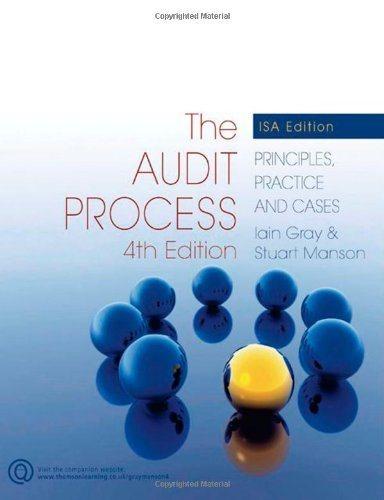interest revenue was re interest 7-3, 7-5, 7-6 Problem 7-26A Comprehensive accounting cycle problem (uses percent of revenue allowance method) The following trial balance was prepared for Tile, Etc., Inc., on December 31, 2016, after the closing entries were posted: Debit Credit $110,000 125,000 $ 18,000 Account Title Cash Accounts Receivable Allowance for Doubtful Accounts Inventory Accounts Payable Common Stock Retained Earnings Totals 425,000 95,000 450,000 97,000 $660,000 $660,000 Tile, Etc. had the following transactions in 2017: 1. Purchased merchandise on account for $580.000. 2. Sold merchandise that cost $420,000 for $890,000 on account. 3. Sold for $245,000 cash merchandise that had cost $160,000 4. Sold merchandise for $190,000 to credit card customers. The merchandise had cost $96.000, The credit card company charges a 4 percent fee. 5. Collected S620,000 cash from accounts receivable. 6. Paid S610,000 cash on accounts payable. 7. Paid $145,000 cash for selling and administrative expenses. 8. Collected cash for the full amount due from the credit card company (see item 4). 9. Loaned $60,000 to 1. Parks. The note had an 8 percent interest rate and a one-year term to maturity 10. Wrote off $7,500 of accounts as uncollectible 11. Made the following adjusting entries: (a) Recorded uncollectible accounts expense estimated at 1 percent of sales on account. (b) Recorded seven months of accrued interest on the note at December 31, 2017 (see item 9). Required - Prepare general journal entries for these transactions post the entries to T-accounts, and prepare an income statement, a statement of changes in stockholders' equity, a balance sheet. and a statement of cash flows for 2017 b. Compute the net realizable value of accounts receivable at December 31, 2017 c. If Tile, Etc. used the direct write-off method, what amount of uncollectible accounts expense would it report on the income statement? checking the dever's new The Ventthe deved with Tile, Etc., Inc. 1 Problem 7-26A 2a. Journal entries only Tile. Etc., Inc. Journal Entries for Year 2 Event Account Titles Debit Credit 1 2a 2b. 5 6 7 8 9 10 11 12 13 14 15 16 17 8 19 0 1 2 3 1 . . 3b 4a 4b. E7-26A ting the device's licensestas. Poden in with the Micket count the devkewoodiivated with Etc., Inc. B S 4b B 3 5 6 7 8 9 10 11a. 11b E7-26A O 10 4 5 6 7 8 9 0 1 2 3 11a 11b 1 5 b. Compute the net realizable value of accounts receivable December 31, Year 2 7 c. If Tile, Etc., used the direct write-off method, what amount of uncollectible accounts expense would it report on the income statement? What amount is it recording under the allowance method? 3 Direct: Allowance: E7-26A e










